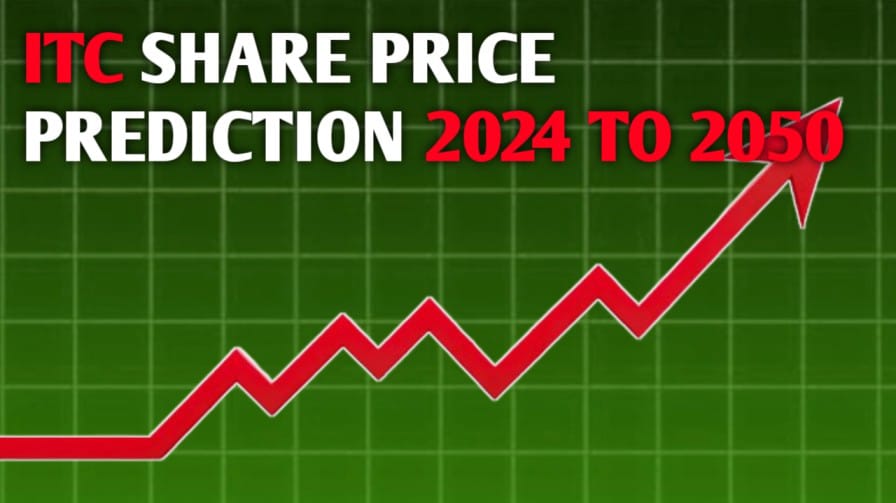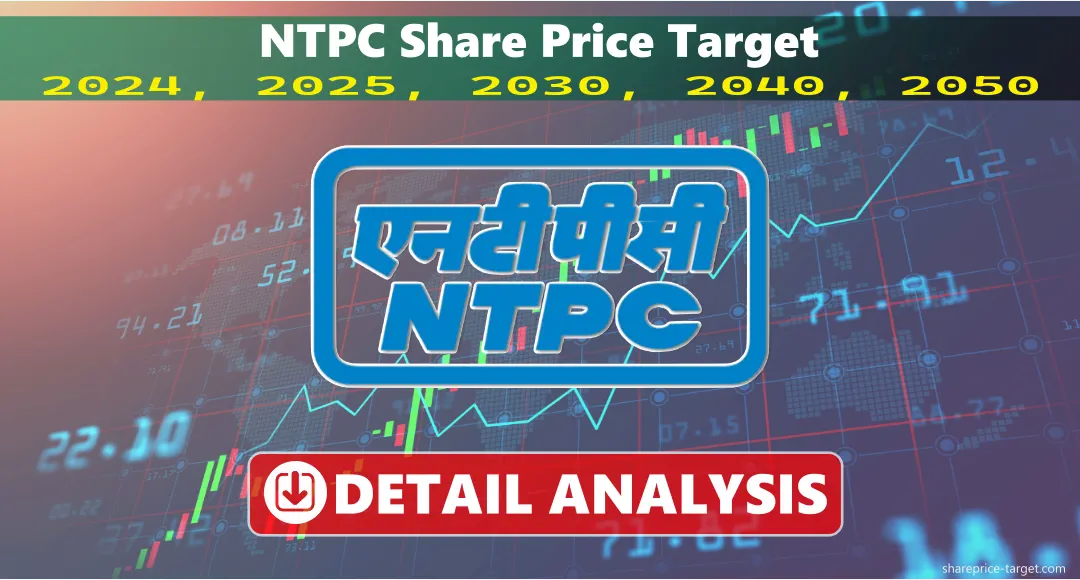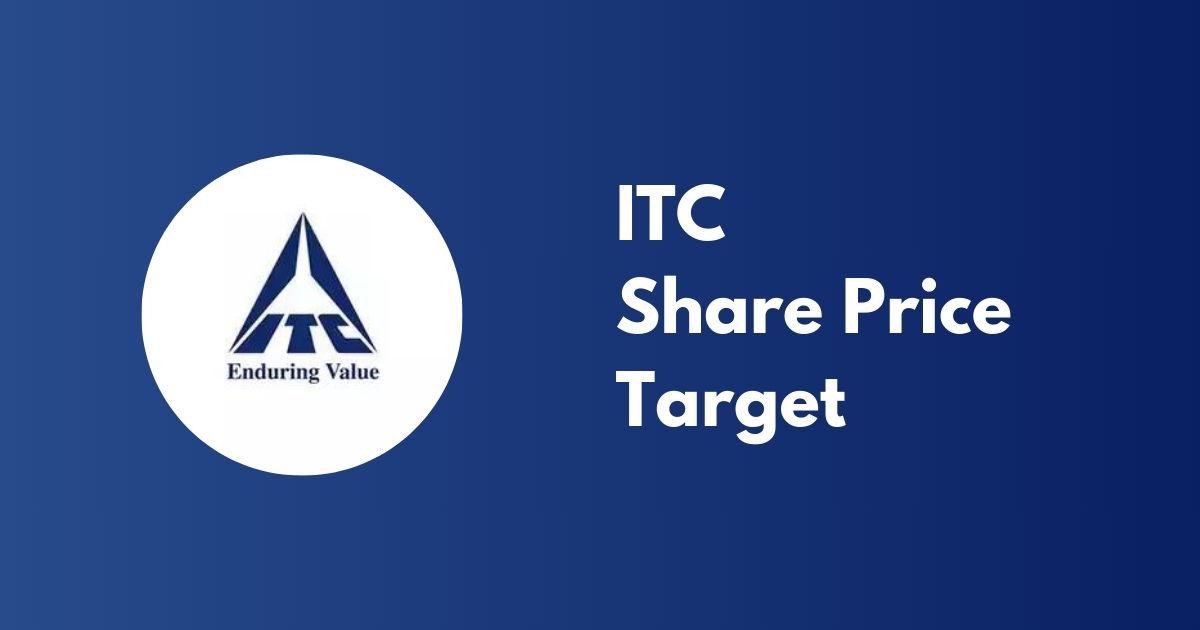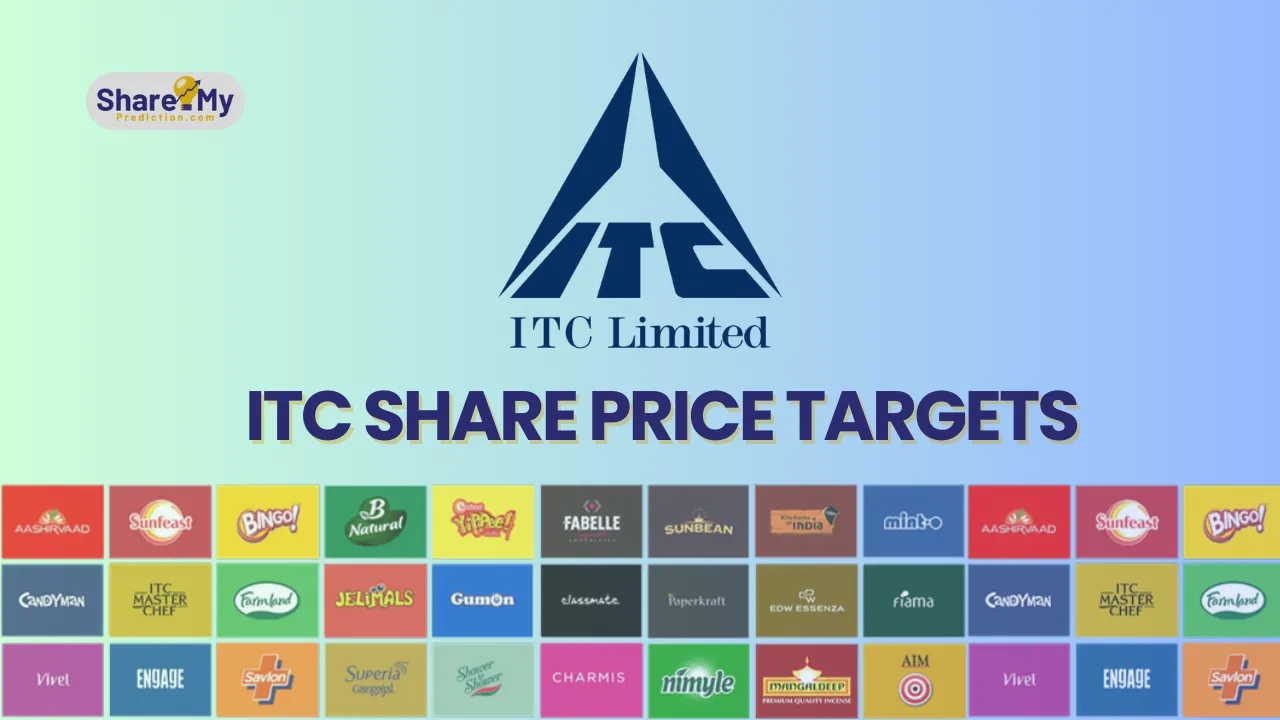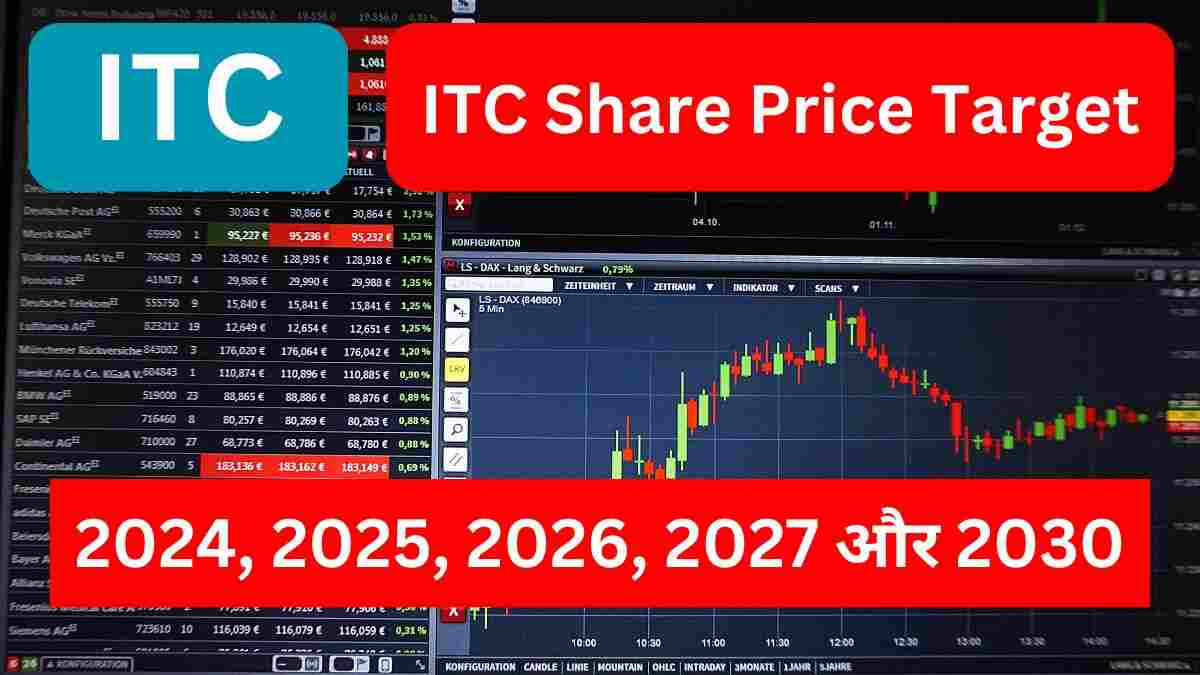Itc Share Price Target By 2025

The Indian Tobacco Company (ITC), a diversified conglomerate with interests spanning from cigarettes to consumer goods and hospitality, has been the subject of intense speculation regarding its future stock performance. Investors and market analysts are keenly observing projections for ITC's share price by 2025, assessing its growth potential amid evolving market dynamics and regulatory landscapes.
The "nut graf": This article examines various analyst forecasts and market trends influencing ITC's projected share price by 2025. It will also assess the company's strategic initiatives and potential challenges in achieving these targets, providing readers with a comprehensive overview of factors impacting ITC's future stock performance.
Analyst Projections and Target Prices
Multiple brokerage firms and financial institutions have released their estimates for ITC's share price by 2025. These projections vary depending on the assumptions made about economic growth, regulatory changes, and the company's ability to execute its strategic plans.
Some analysts, citing ITC's strong presence in the fast-moving consumer goods (FMCG) sector and its expansion into new categories, have set optimistic targets. These projections typically range from ₹400 to ₹450 per share, indicating a substantial upside from current levels.
Conversely, more conservative estimates, considering potential risks associated with regulatory scrutiny and the impact of sin taxes on the cigarette business, project a more modest growth trajectory. These targets usually fall within the ₹350 to ₹400 range.
Key Factors Influencing Share Price
Several factors are expected to play a crucial role in determining ITC's share price performance by 2025. These include the company's performance in the FMCG segment, its ability to navigate regulatory challenges, and overall market sentiment.
The FMCG business is a critical growth driver for ITC. Analysts closely monitor its revenue growth, profitability, and market share gains in various categories. Strong performance in this segment is likely to boost investor confidence and drive up the share price.
Regulatory risks, particularly those related to the cigarette industry, remain a significant concern. Increased taxes, stricter regulations, and growing anti-tobacco sentiment could negatively impact ITC's cigarette business, which still contributes a substantial portion of its revenue.
Market sentiment, influenced by broader economic trends, investor appetite for risk, and global events, can also impact ITC's share price. A positive market environment is generally conducive to higher valuations, while a bearish market could lead to downward pressure.
ITC's Strategic Initiatives
ITC is actively pursuing several strategic initiatives to diversify its revenue streams and enhance its growth prospects. These include expanding its FMCG portfolio, investing in digital transformation, and strengthening its sustainability efforts.
The company has been aggressively launching new products and entering new categories in the FMCG space to reduce its reliance on the cigarette business. This diversification strategy is aimed at tapping into the growing demand for consumer goods in India and other emerging markets.
ITC is also investing heavily in digital technologies to improve its operational efficiency, enhance customer engagement, and develop innovative products and services. The company believes that digital transformation is essential for staying competitive in the rapidly evolving business landscape.
Furthermore, ITC is committed to sustainability and has implemented several initiatives to reduce its environmental footprint and promote social responsibility. These efforts are aimed at enhancing the company's reputation and attracting socially conscious investors.
Potential Challenges and Risks
Despite its strategic initiatives, ITC faces several potential challenges and risks that could hinder its growth and impact its share price. These include intense competition, regulatory uncertainties, and macroeconomic headwinds.
The FMCG sector is highly competitive, with numerous domestic and international players vying for market share. ITC needs to continuously innovate and differentiate its products to maintain its competitive edge.
Regulatory uncertainties, particularly those related to taxation and labeling requirements, pose a significant risk to ITC's cigarette business. Changes in regulations could adversely affect the company's revenue and profitability.
Macroeconomic headwinds, such as inflation, interest rate hikes, and global economic slowdowns, could also impact ITC's performance. These factors could dampen consumer demand and increase the company's operating costs.
Impact on Investors and the Market
The projected share price targets for ITC by 2025 have significant implications for investors and the market as a whole. Investors are using these projections to make informed investment decisions, while market analysts are using them to assess the overall health and outlook of the Indian stock market.
For retail investors, understanding the factors influencing ITC's share price is crucial for making sound investment choices. By carefully evaluating the company's growth prospects and potential risks, investors can determine whether ITC is a suitable addition to their portfolios.
For institutional investors, ITC is a significant component of many benchmark indices. Changes in ITC's share price can have a notable impact on the performance of these indices, affecting the returns of mutual funds and other investment vehicles.
In conclusion, the projected share price targets for ITC by 2025 reflect a complex interplay of factors, including the company's strategic initiatives, regulatory landscape, and overall market sentiment. While analyst projections vary, they provide valuable insights into the potential growth trajectory of this diversified conglomerate. Investors should carefully consider these factors before making any investment decisions, recognizing that market conditions and unforeseen events can significantly impact actual outcomes.





